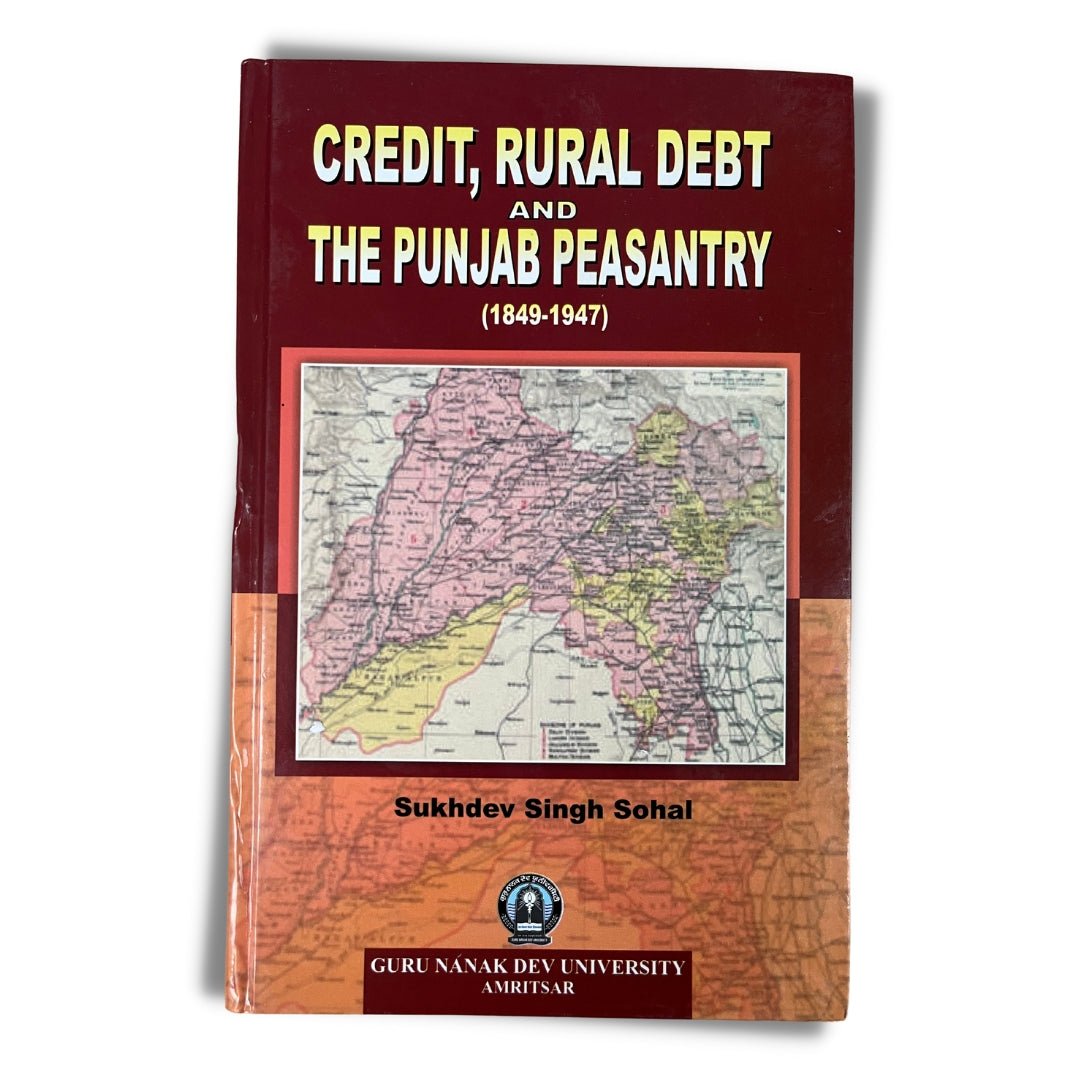Low stock: 4 left
Credit, Rural Debt and the Punjab Peasantry (1849-1947) by Sukhdev Singh Sohal
Credit, Rural Debt and the Punjab Peasantry (1849-1947) by Sukhdev Singh Sohal
Couldn't load pickup availability
Synopsis
Synopsis
Debt and Economic Inequalities in Colonial Punjab: A Snapshot
-
Debt's Role: Debt often deepened economic disparities. While colonial administrators saw it as a sign of prosperity for landlords and surplus-producing peasants, the reality was different.
-
Who Was Most Affected?: A significant number of indebted households were tenants and small-scale farmers. This impact was often overlooked by colonial administrators.
-
Punjab's Debt Crisis: The Punjab Committee on Indebtedness (1934) identified land revenue as a primary cause of debt in Punjab. Despite housing only 7% of India's population, Punjab's debt was a staggering 16% of India's total, labeling it as a 'heavily indebted' province.
-
Underlying Issues: Punjab's farmers faced challenges like accessing low-interest credit, rising rural debt, legal disputes, and land loss to non-farming entities.
-
Colonial Objective: The primary goal of the colonial regime was to maintain control, facilitating further economic extraction and exploitation.
Genre
Genre
- Punjabi History
Language
Language
ENG- English
Cover Type
Cover Type
- Hardcover


